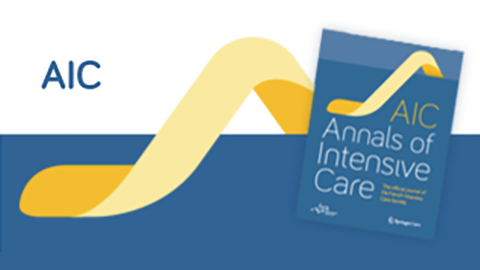30/09/2019


Source
Abstract
Background
Early identification of noninvasive ventilation (NIV) failure is a promising strategy for reducing mortality in chronic obstructive pulmonary disease (COPD) patients. However, a risk-scoring system is lackingMethods
To develop a scale to predict NIV failure, 500 COPD patients were enrolled in a derivation cohort. Heart rate, acidosis (assessed by pH), consciousness (assessed by Glasgow coma score), oxygenation, and respiratory rate (HACOR) were entered into the scoring system. Another two groups of 323 and 395 patients were enrolled to internally and externally validate the scale, respectively. NIV failure was defined as intubation or death during NIVResults
Using HACOR score collected at 1–2 h of NIV to predict NIV failure, the area under the receiver operating characteristic curves (AUC) was 0.90, 0.89, and 0.71 for the derivation, internal-validation, and external-validation cohorts, respectively. For the prediction of early NIV failure in these three cohorts, the AUC was 0.91, 0.96, and 0.83, respectively. In all patients with HACOR score > 5, the NIV failure rate was 50.2%. In these patients, early intubation (< 48 h) was associated with decreased hospital mortality (unadjusted odds ratio = 0.15, 95% confidence interval 0.05–0.39, p < 0.01)Conclusions
HACOR scores exhibited good predictive power for NIV failure in COPD patients, particularly for the prediction of early NIV failure (< 48 h). In high-risk patients, early intubation was associated with decreased hospital mortality.Liens article
©2019 The Author(s)